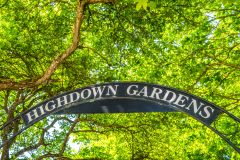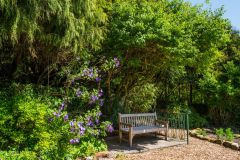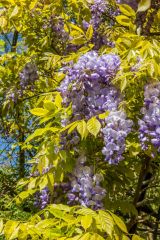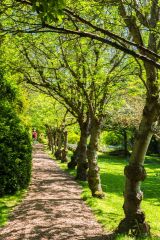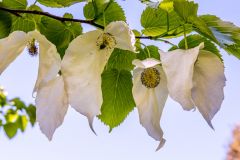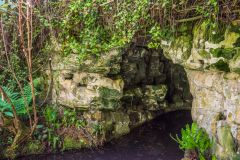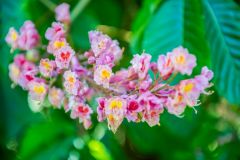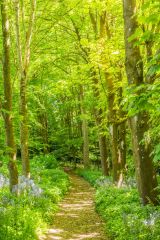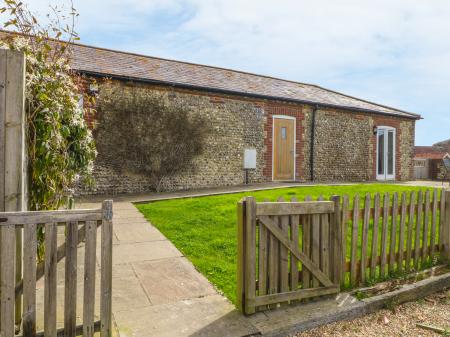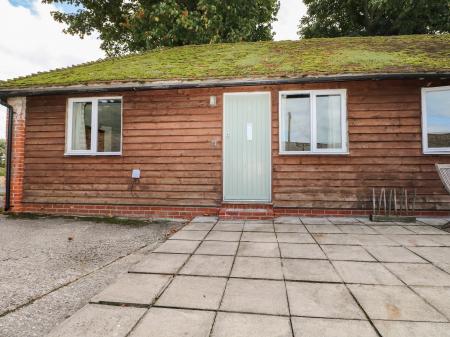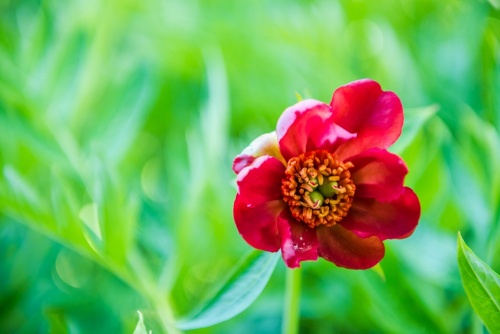
The garden is strikingly different, planted with species that thrive in the chalky soil of the downland, in an area with thin soil, salty air and high winds.
History
Highdown owes its existence to one man; Sir Frederick Stern, a big game hunter and secretary to PM David Lloyd George. Stern began to lay out the gardens here in 1909, based around an unused chalk pit. Highdown was probably the first large garden in Britain planted on pure chalk.
When Stern began his garden one well-known gardener told him flatly that nothing whatever would grow on the barren chalk. Thankfully, Stern ignored him.
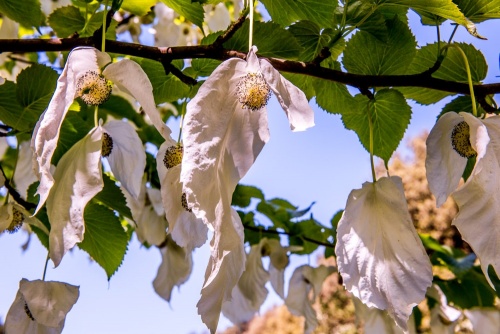
He was aided in his determination by Sir Arthur Hill, who would later become the Director of Kew Gardens. Stern planted the gardens with unusual species brought back by plant-hunters from China, Borneo, and the Himalayas.
Two plant-hunters, in particular, helped create Highdown; Reginald Farrer and EH Wilson travelled throughout the Orient collecting unusual plant samples. Many of these species still thrive on Highdown's chalky hillside.
Being so close to the sea Highdown suffered from salt damage caused by the salt-laden sea air. To counter the effects of the sea breezes Stern planted belts of elm, cupressus, oak and pine trees to act as screens.Frederick Stern devoted his life to discover which plants could thrive on the chalk downland soil. He spent 50 years experimenting, and through trial and error created the rare and unusual mix of plants that we see today. As a result of his work, Stern was awarded a knighthood for services to horticulture. When Stern died in 1967 the garden was left to Worthing Borough Council who keep it open to visitors throughout the year.
The hillside site is a wonderful mix of wooded areas and more formal beds. There is an avenue of Himalayan birch, a cherry walk, a herb garden, bamboo pond, hellebore bank, and a lovely beech wood.
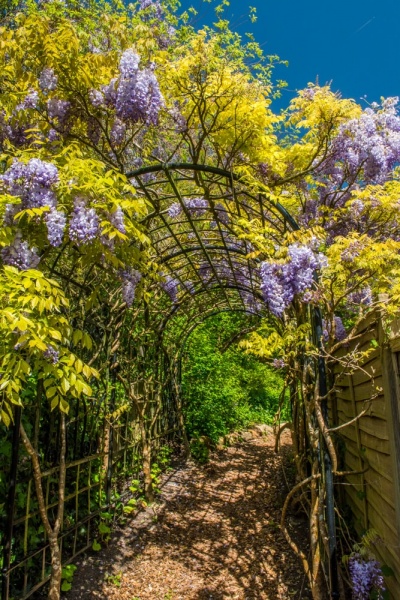
Highlights
- Handkerchief Tree (Best in late spring)
- Judas Tree (Also best in late spring)
- Spring bulbs (Snowdrops, Crocus, and Anemones)
- Paeonies and Bearded Iris (Best in summer)
- Fig border
- Acid beds - raised beds suitable for ericaceous plants such as camellias and rhododendrons.
- Rose garden
- The Bamboo Pond - in the lowest part of the chalk pit, lined with bamboo plants and featuring water lilies
- Cave pond, featuring an old lime kiln faced with Horsham stone so that it looks like a cave. Stern created an ornamental grotto here, with a series of waterfalls descending to a cement-lined pond filled with Koi carp.
- Rosa 'Highdownensis' - raised from a seedling by Sir Frederick Stern and given an Award of Merit by the Royal Horticultural Society
- A Chinese Hornbeam tree planted by Queen Mary in 1937
- The Hellebore Bank, at its best in March and April
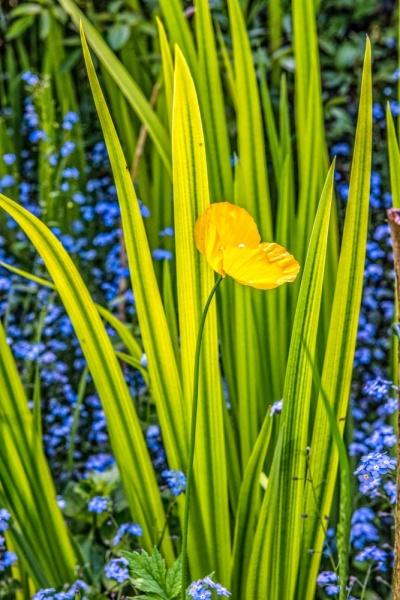
Visiting
The garden is open most days from spring through autumn, and weekdays during the winter months. Admission is free. It is well-signposted off the A259 on the western fringe of Worthing. Look for the signs to Highdown Towers Hotel and folow the road past the hotel entrance to a large, free parking area at the end of the road. The garden entrance is on the western side of the parking area.
Just inside the garden gates is an information building with large maps of the garden and information about its history. As you walk through the gardens you will catch glimpses of Highdown Towers, built in 1820. This was the home of Sir Frederick and Lady Stern until 1967, when it was given to Worthing Borough Council along with the gardens.
